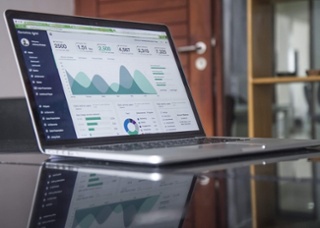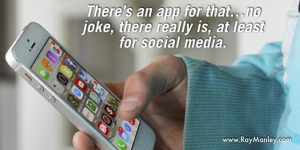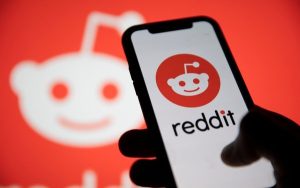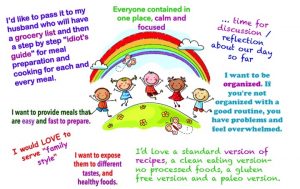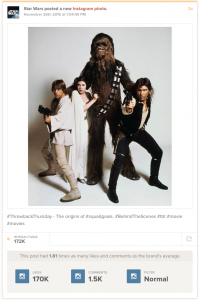
When it comes to online advertising, two industry giants that immediately come to mind: Facebook and Google AdWords. While both of these can be extremely lucrative tools for your business, is one better than the other? Should you do both?
While using both platforms simultaneously can lead to some pretty stellar results, it’s not always the best choice—especially if you have a limited ad budget. In the content below, we’ll investigate the two advertising platforms, identifying their strengths and weaknesses so that you can decide which one would be most beneficial for you. But before we get into all the nitty-gritty, what exactly is the difference between Facebook vs. Google Ads? To answer that question, we need to know the difference between paid search and paid social.
Paid Search with Google AdWords
Paid search works by triggering your ads based on certain keywords. While Google AdWords is certainly not the only paid search platform (Bing! is also a popular one), it is definitely the most dominant.
With AdWords, you choose specific keywords that you’d like to target for an ad. When a user searches for those terms, your ad may be displayed on the search engine results page. If the user clicks on your ad, then you pay for that click (which is where the term Pay-Per-Click advertising comes from). Of course, this is an oversimplification of the process, and whether or not your ad is displayed under a certain search query depends on a variety of factors, such as your bidding optimization. To learn more about how to use AdWords and specific PPC best practices, you’ll need a more in-depth resource.

Paid Social with Facebook
Just like AdWords is not the only platform for paid search, Facebook is not the lone wolf of social advertising—Twitter, Pinterest, YouTube, etc. are also considered paid social platforms. However, considering it has the most monthly active users, Facebook is by far the most lucrative.
The biggest difference between Facebook and AdWords is how your ads are triggered. Like we discussed in the last section, Google Ads are keyword based. Facebook, on the other hand, allows you to target by demographics, interests, and behaviors to create super specific audiences of relevant consumers. Both of these methods have their strengths, but which one is better depends on what you’re selling and the people you’re trying to target.

The Pros of Google AdWords
It’s no debate that Google is the leader amongst search engines. With more than 40,000 searches every second, there’s definitely a massive audience with a lot of advertising potential. And, because the users are the ones searching for a product similar to yours, your ads are always going to be shown to someone with existing interest in what you’re selling.
But Google Ads don’t have to be limited to just text-based ads on a search results page. This is because Google uses two networks for advertising: the search network (which we’ve already discussed) and the display network. Because it allows for banners and other types of visual ads, the display network leaves room for a little more creativity. Plus, the display network allows you to reach 98% of web users. Not too shabby.
Because AdWords requires you to bid on certain keywords, you might be thinking that the companies that pay the most will be the ones to get the coveted ad spots on the SERP. Fortunately, that’s not true. Google also takes into account the quality and relevance of your ad—in fact, it’s the most important factor. This is because Google wants people to find the right solution to their needs so that they’ll continue to use the search engine in the future.
While some keywords are more expensive than others, the amount you have to bid still depends on the quality of your ad. This is why Google came up with quality score, which you can learn more about here.
Google Ads have improved a great deal over the last decade. While initially they only allowed for a link and some text, they now include a variety of features that enhance your chances of a click:
Sitelinks: These are links that appear below your ad that show users other pages on your site that they might be interested in. For example, you could have a link to a landing page for a relevant ebook, webinar, or promotion.
Location: This allows you to include your business’ physical location—if you have one. This is useful for location targeted campaigns.
Call: This allows you to display your business’ phone number in the ad. Users viewing your ad from a mobile device can simply click a call icon to call you.
Reviews and Seller Ratings: Your ads can also display reviews from third party sites. If you have good reviews, this can entice viewers to click on your ad over another.
Callout: These extensions are not clickable, but they allow you to add specific highlights or benefits of your business that can get people to click on your ad.
Structured snippet: This allows you to include extra information about your products or services based on certain categories. For instance, you could select the “services” category and add a snippet about specific services that you provide.
Price: Price extensions allow you to display prices of certain products or services, though these are only visible on mobile devices. This can be incredibly effective if you’re running a promotion.
Taking advantage of these features can be a great help in making your ad stand out amongst the competitors, increasing your chances of a click.

The Pros of Facebook Advertising
While Facebook was once just for “poking” friends and stalking old classmates, it’s now established itself as a worthy advertising platform. While there are nearly 2 billion active users on Facebook, it’s ad manager gives you incredible control over who you include in your campaigns. This is also one of the biggest advantages to using Facebook for advertising. To give you an idea of just how granular your campaigns can get, let’s try an example:
Say you own a bridal shop, and you want to try to sell more wedding dresses. With Facebook audience targeting, you can use life events to target users who just got engaged within the last three months. And, if you want to get customers to come to your physical location, you could target recently engaged users who reside in your geographic area. Pretty sweet, right?

Facebook also has a handy-dandy feature called “lookalike audiences.” This tool automatically generates new audiences based on one of your existing audiences. So, you could actually import a list of your customers and Facebook would find similar consumers who are likely to purchase from you.
Facebook is also a great option if you’d prefer to rely on visual ads to make sales. Instead of just text or image ads, you can use slideshows, videos, and full-screen ads to capture people’s attention. This is a great idea if you have a physical product that works well in an ad, but it can also work well for services too:

So, Which One Do You Choose?
You’ve probably gathered by now that both of these platforms are great advertising tools. However, depending on your situation, you may prefer to pick just one. Because Facebook advertising can be done at a lower cost than AdWords, it may be a better option for you if you have a limited budget. Additionally, if you don’t have a lot of experience with PPC management, Facebook is a bit easier for beginners. On the other hand, with AdWords, you have the potential to reach almost any internet user. And, depending on your keyword strategy and ad copy, nearly all the people who click your ad will already be interested in purchasing the kind of product or service you offer.
If you need help deciding which platform would work best for your business or you want help managing your advertising campaigns, contact the experts at SevenAtoms today to set up a free consultation.
Digital & Social Articles on Business 2 Community(48)
